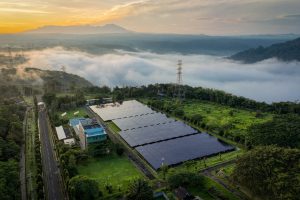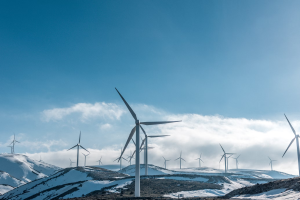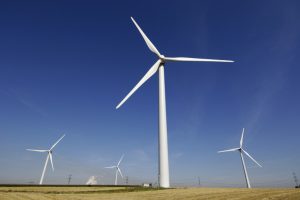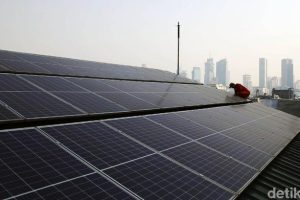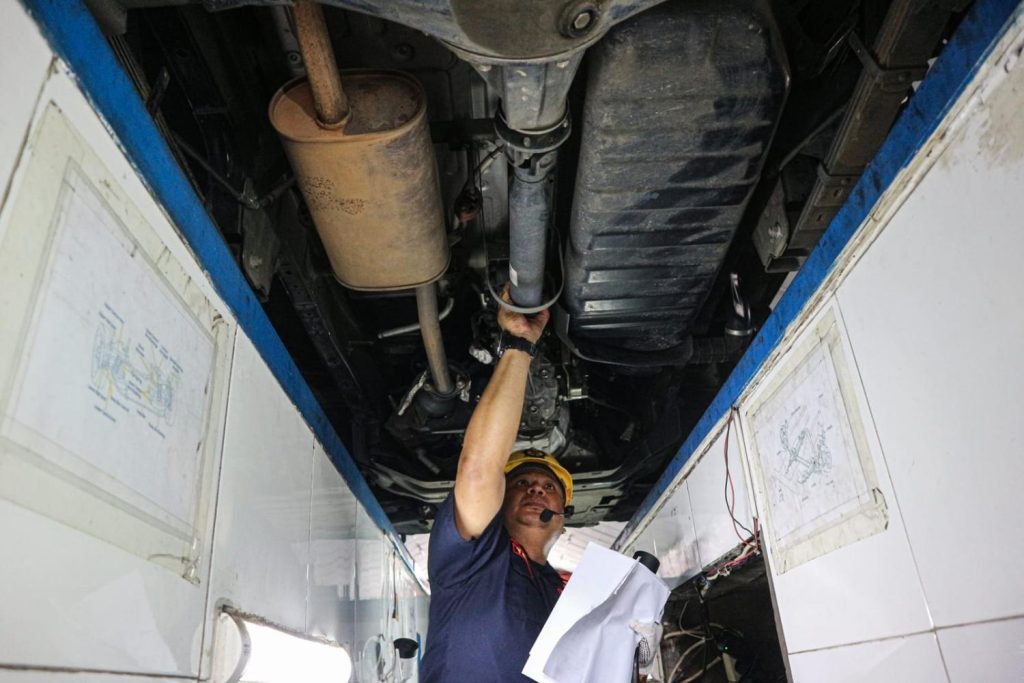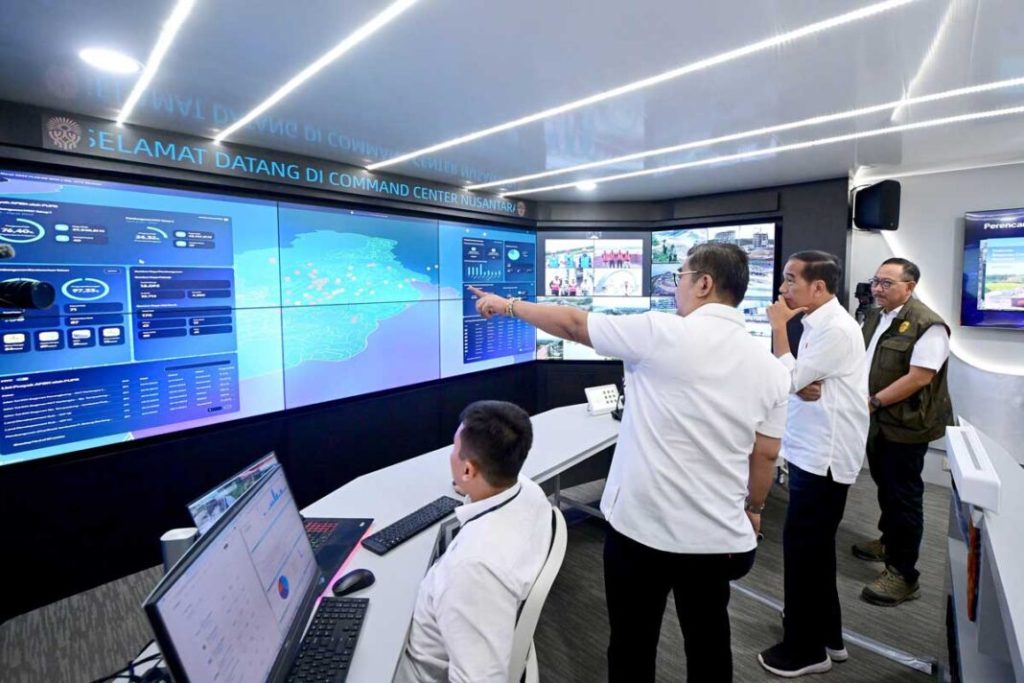There is no denying that all countries in the world should use clean energy in the future. Based on the agreement at the 26th UN Climate Change Conference of the Parties (COP26) in Glasgow and several other important international meetings, several countries began to decarbonize their electrical energy systems. With the transition agenda towards clean energy and net zero-emission, the need for raw materials for critical minerals for energy storage and core components of new and renewable energy technologies will increase in the future.
Critical minerals are metals and non-metals such as; Nickel (Ni), Lithium (Li), Cobalt (Co), Magnesium (Mg), Titanium (Ti), Vanadium (V), Platinum Group Metals, Rare-Earth Elements (REE) and many others. Critical minerals are vital for components of energy storage technology, wind turbines, solar PV modules and other advanced electrical technologies. Critical minerals are limited and only concentrated in a few countries. Therefore, the security of supply chain critical minerals for clean energy technology has become a global strategic issue today.
Due to geological scarcity, geopolitical issues, trade policies, or other factors, today’s supply chain’s critical mineral issues are classified as risky. An example of the current geopolitical situation, the war between Russia and Ukraine has disrupted the global supply of critical minerals. Nickel is a critical mineral that is important in Electric Vehicles (EV) batteries and storage. Russia controls 10% of global copper reserves and is a major producer of nickel and platinum. China is now a global major critical mineral consumer and dominant due to midstream & downstream development. This is because China is the largest EV battery manufacturing country globally and has many factories for renewable energy engine technology.
REE Supplier Battle of the Future
REE are one of the critical minerals consisting of the elements scandium (Sc), lanthanum (La), cerium (Ce), praseodymium (Pr), neodymium (Nd), promethium (Pm), samarium (Sm), europium (Eu), gadolinium (Gd), terbium (Tb), dysprosium (Dy), holmium (Ho), erbium (Er), thulium (Tm), ytterbium (Yb), lutetium (Lu), dan yttrium (Y). The role of REE in the future is very important, especially for clean energy technology and other industrial technologies. The US government recognizes and is highly dependent on global REE supplies to develop their defense industry technology.
Prediction of future REE demand increases in line with the process and direction of the global energy transition. The use of REE varies widely, namely in nuclear energy, chemistry, catalysts, electronics, metal alloys, and optics. REE is also used for many types of equipment in life, such as for computer memory, DVD, rechargeable batteries, cell phones, motor vehicle catalyst converters, magnets, fluorescent lamps, and others. The simple uses of REE are for devices such as lamps, glass coatings, high technologies such as phosphors, lasers, magnets, batteries, and future technologies such as superconductors and hydrogen carriers.
China is the top supplier in the market with the U.S. defense industry. The U.S. government is currently very dependent on the security of REE supplies from China. There are countries in the world that produce an amount of REE. Based on USGS data in 2020, China is the country that produces the largest REE in the world with 140,000 MT, then the U.S with 38,000 MT production, and the third is Myanmar with 30,000 MT production. In only a few countries, others have production below 25,000 MT of REE.
In addition to several countries that have been recorded to produce REE, Indonesian countries have not yet explored. Even though the potential for REE in Indonesia is quite large because almost all mining potentials contain these minerals and their presence is always in other minerals. Geographically, Indonesia is a country awarded many mineral resources, including REE type critical minerals. Indonesian Geological Agency conducted a study to determine the potential of REE resources in tailings deposits in the Bangka Island Area in 2014. The results of the study showed the REE tonnage reached 52.000 tons. In addition, REE potential is also found on Sumatra, Java, Kalimantan, and Sulawesi Island.
Indonesia should be reckoned with REE’s global supply chain role in the future. Moreover, the Indonesian government encourages investment and development of the EV battery industry. The utilization of REE for electric vehicles, electric vehicles batteries, and nuclear power can promote efforts to realize clean energy. Indonesia also has the opportunity to cooperate with other countries regarding REE development. This cooperation is an excellent opportunity for Indonesia to take the role of REE supplier globally to compete with other countries producing for a long time. With Indonesia as a new REE producer, this can break China’s monopoly in the global market so that the REE market and prices are more competitive than before. Indonesia can also take advantage of the development of REE to realize clean energy to meet the national clean energy mix target in the future. Indonesia commits to achieving net-zero emission by 2060 or as soon as possible based on the COP26 statement.
Disclaimer: This opinion piece is the author(s) own and does not necessarily represent opinions of the Purnomo Yusgiantoro Center (PYC).
This opinion has been published on Modern Diplomacy.
Check the original article by clicking on this text.
